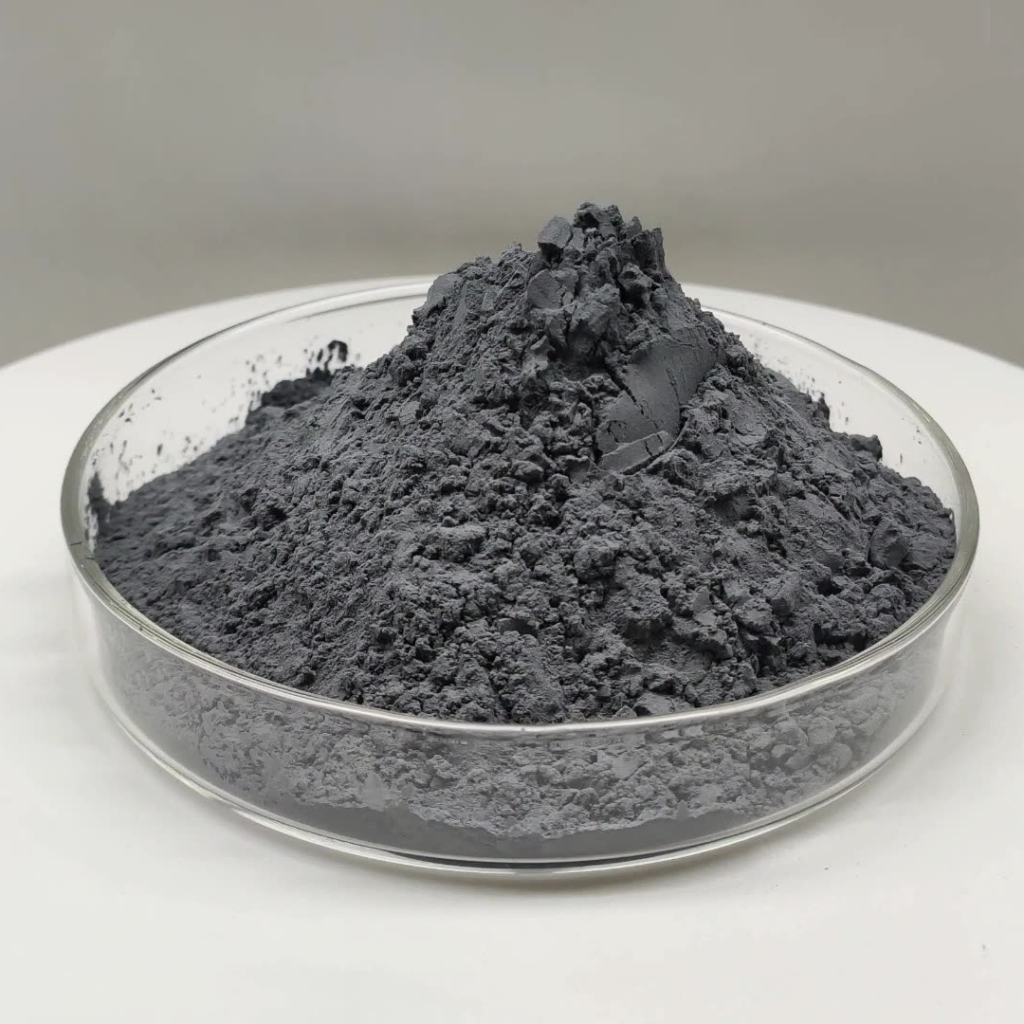Comparison between boron carbide ceramics and silicon carbide ceramics?
In terms of elastic modulus, the elastic modulus of ceramics is around 350GPa, while the elastic modulus of silicon carbide and boron carbide materials is around 400GPa. The elastic modulus of reaction-sintered silicon carbide ceramics produced by the Shanghai Ceramics Research Institute reaches 360-380GPa. However, the elastic modulus of silicon carbide sintered by British manufacturers using the same reaction can reach more than 430GPa. Visible and transparent armor ceramic materials all have the characteristics of high elastic modulus.
It is worth mentioning that tungsten carbide material is a key material for the production of cemented carbide. Compared with silicon carbide, silicon carbide has twice the density of tungsten carbide, 1/5 of the density of tungsten carbide, and its strength is 1400 ℃ remains unchanged.
In terms of wear resistance, boron carbide>silicon carbide>. Data measured from the Powder Metallurgy Institute of Central South University show that the wear resistance of the resulting ceramic is equivalent to 266 times that of manganese steel and 171.5 times that of high chromium cast iron. It can be seen that the high hardness and wear resistance of ceramic materials are significantly better than wear-resistant steel and stainless steel.

